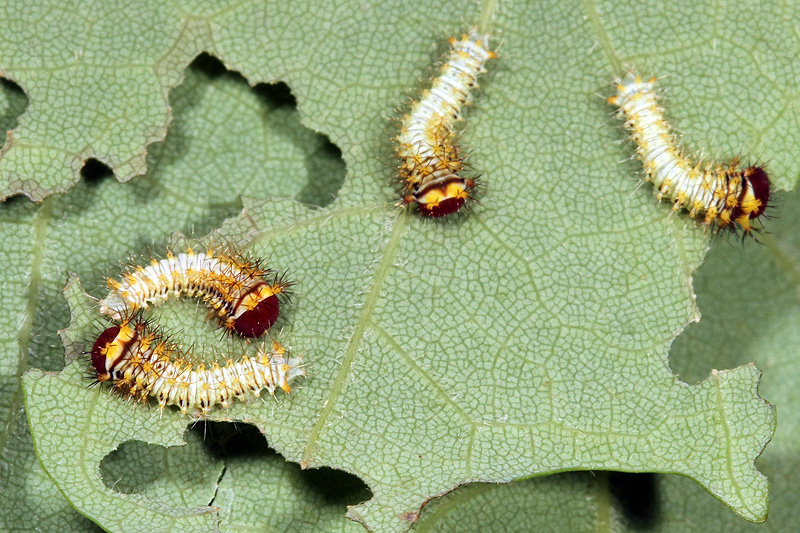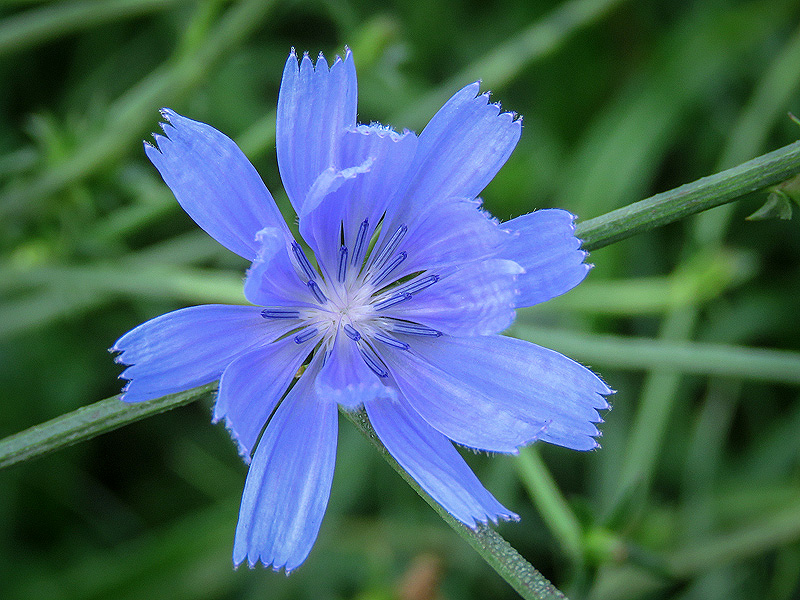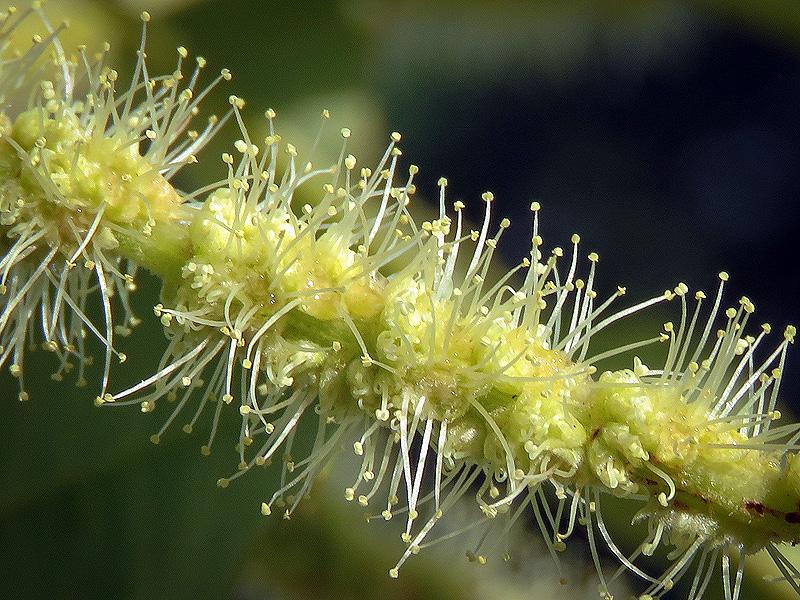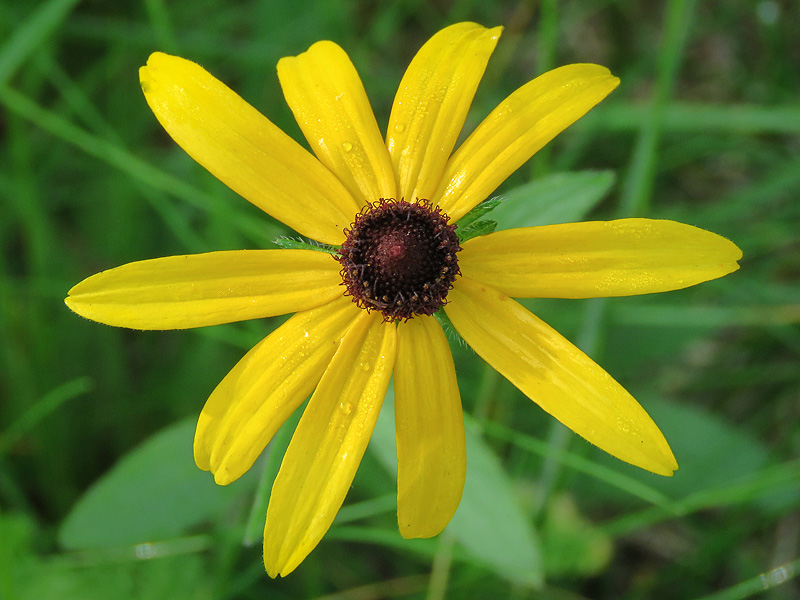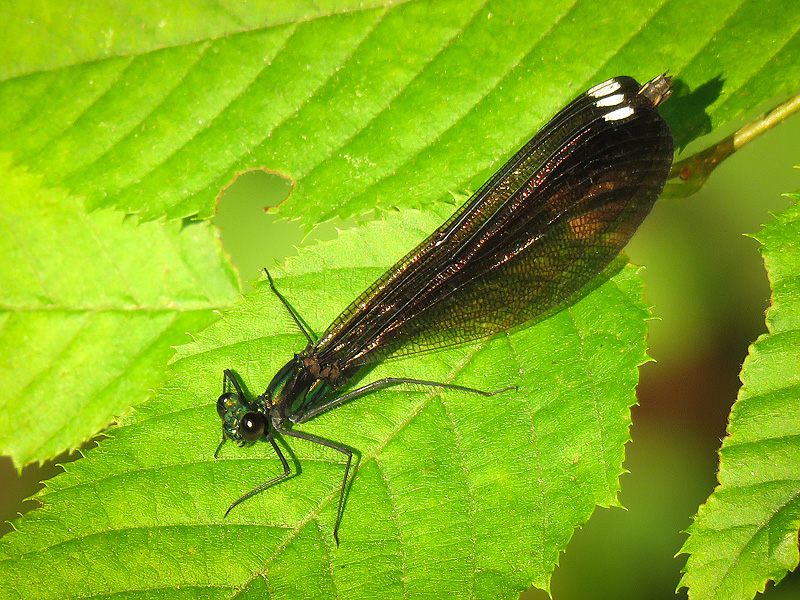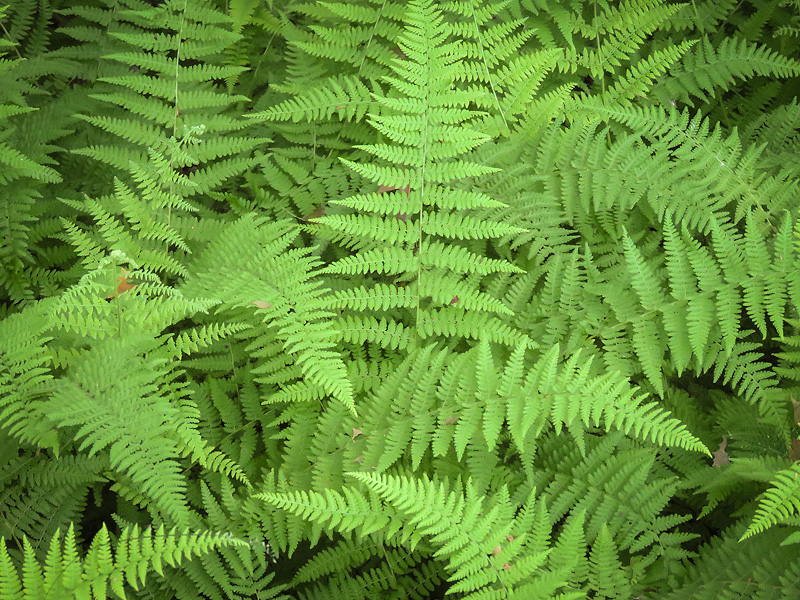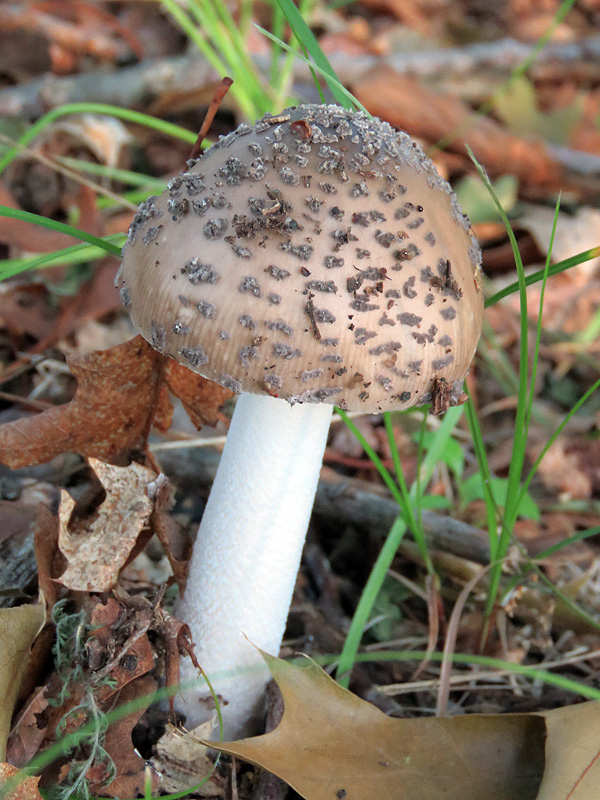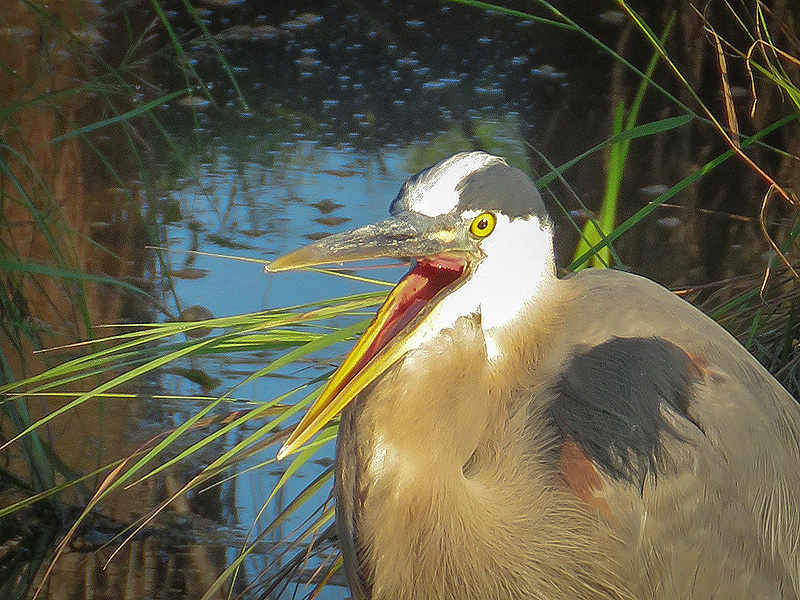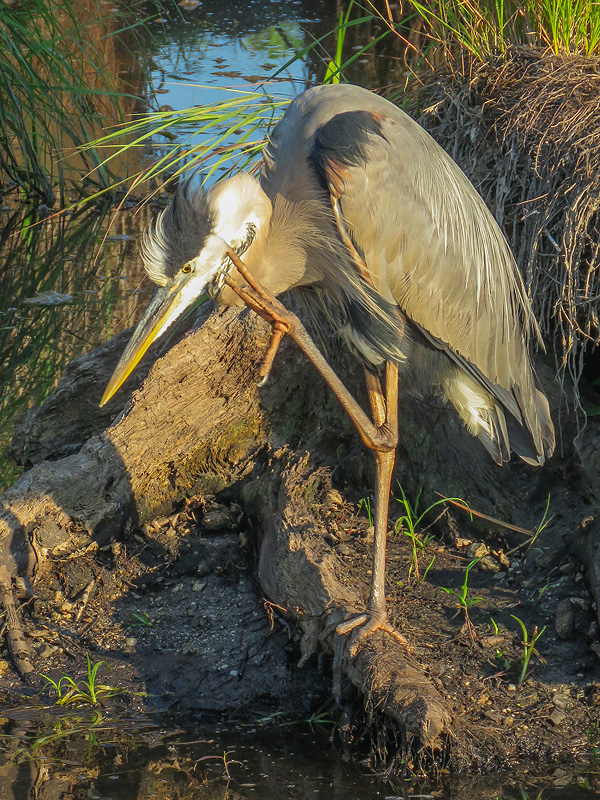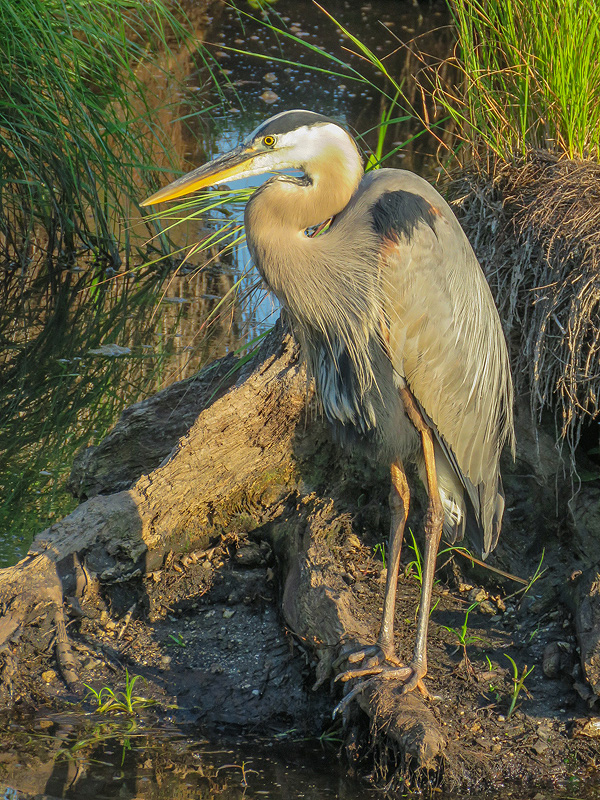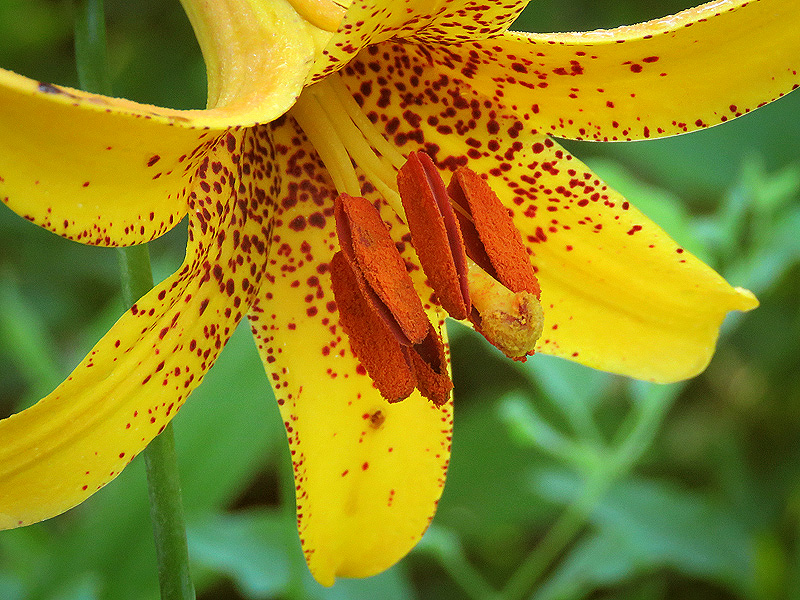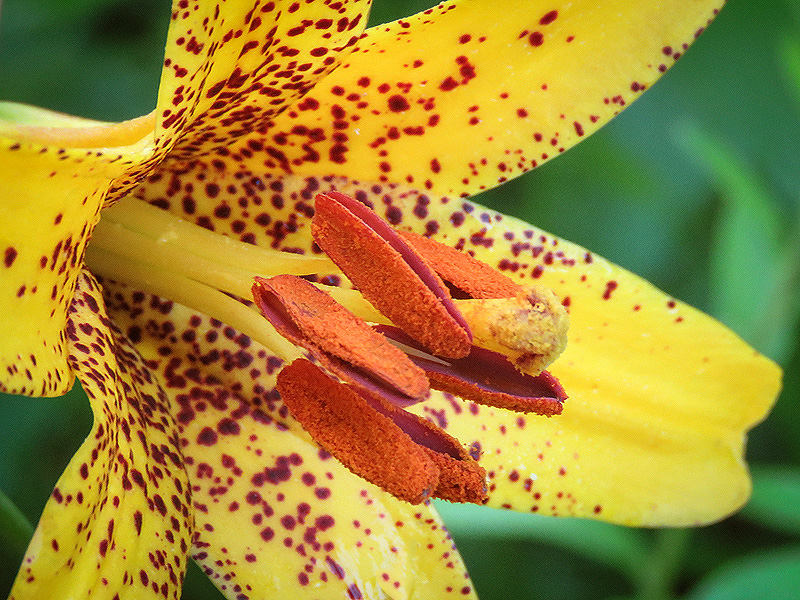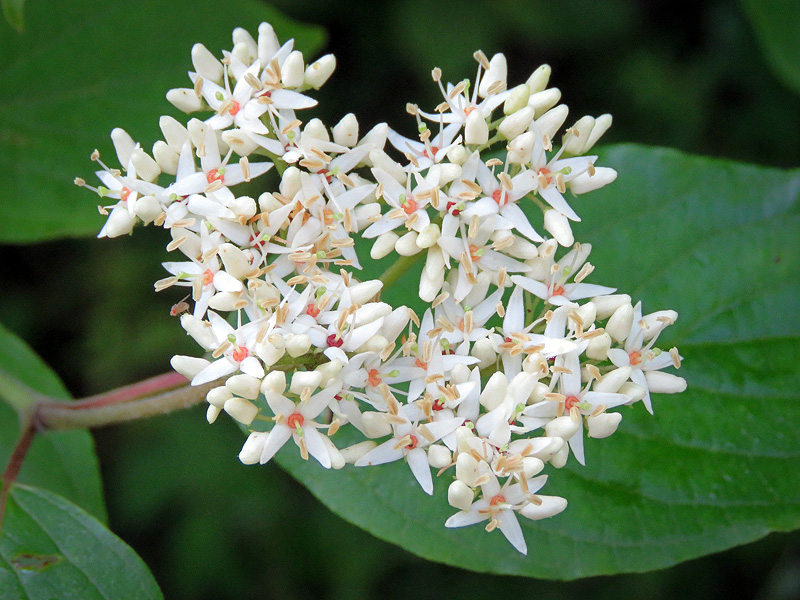Along the Air Line... 2019 - Summer, Part 3 The Air Line Trail in Eastern Connecticut - Stan Malcolm Photos |
HOME: Air Line... 2019 Pages Menu Stan's FlickR Albums |
June 30th. Eaastern Kingbird (Tyrannus tyrannus). |
I gave the newly hatched Polyphemus Moth (Antheraea polyphemus) caterpillars a choice of cherry, willow, or maple. Maple was the unanimous selection... |
...with the caterpillars feeding semi-gregariously on the undersides of the leaves. |
|
|
|
July 2nd. Frostweed (Crocanthemum canadense). |
July 3rd. Poke Milkwed (Asclepias exaltata) is at its peak. |
|
|
|
Asiatic Dayflower (Commelina communis). |
Great Blue Heron (Ardea herodius) at Raymond Brook Marsh... |
...and another east of Route 207. |
Jewelweed or Spotted Touch-me-not (Impatiens capensis). |
Chicory (Cichorium intybus)... |
|
...with Syrphid Flower Fly (Toxomerus sp.). |
Chestnut (Castanea sp.) in flower. |
|
Black-eyed Susan (Rudbeckia hirta). |
|
The Polyphemus caterpillars are about 1 centimeter long now. Three days ago, their head capsules were prominent; now they're mostly hidden by the growing bodies. (The skin of the body is designed to stretch somewhat as they grow, but larger head capsules require a molt.) |
A brief stop at Cranberry Bog. Crown Vetch (Securigera varia, formerly Coronilla varia). |
An ancient (in dragonfly years) male Blue Dasher (Pachydiplax longipennis). Note the tattered wings. |
July 4th. A female Ebony Jewelwing damselfly (Calopteryx maculatum). Females have less distinct metallic green bodies than males, and have prominent white stigmas at the wing tips (lacking in males). |
|
|
Amanita rhacopus, formerly A. inaurata, the Strangulated Amanita. (Thanks, Terry Stolson for the ID.) |
Horse-nettle (Solanum carolinense), a rather unkempt looking member of the genus that includes nightshade, tomato, and tobacco. |
Spiny stems further detract from its appeal. |
Painted Turtle (Chrysemys picta). |
What could she be thinking except, please go away. |
Fragrant Water-lily (Nymphaea odorata). |
Great Blue Heron (Ardea herodius) posed near the breached beaver dam, standing where water was about two feet deeper in late March before the trapper drained the marsh. |
I'm intrigued by the semicircular, serrated structure at the back of its mouth. An adaptation to help pulverize prey and ease it down the hatch? |
Time for some serious head scratching. |
|
|
|
|
|
|
|
|
(That series, long as it is, was roughly half of what I took.) |
Some 20 minutes later, the heron had only moved a few steps and was poking around, then having a drink. |
|
Some Canada Lilies (Lilium canadense) escaped Tuesday's mowing. Not so lucky the milkweed, frostweed, goldenrod, and many other wildflowers. However, the mower did cut back much of the invasive Tick Trefoil. |
|
|
"Artsie". I deleted the distracting background. |
Meadowsweet (Spiraea alba). |
In the rose family (Rosaceae). |
Red-osier Dogwood (Cornus sericea). |
|
|


